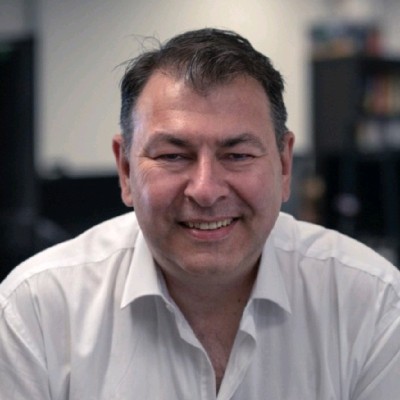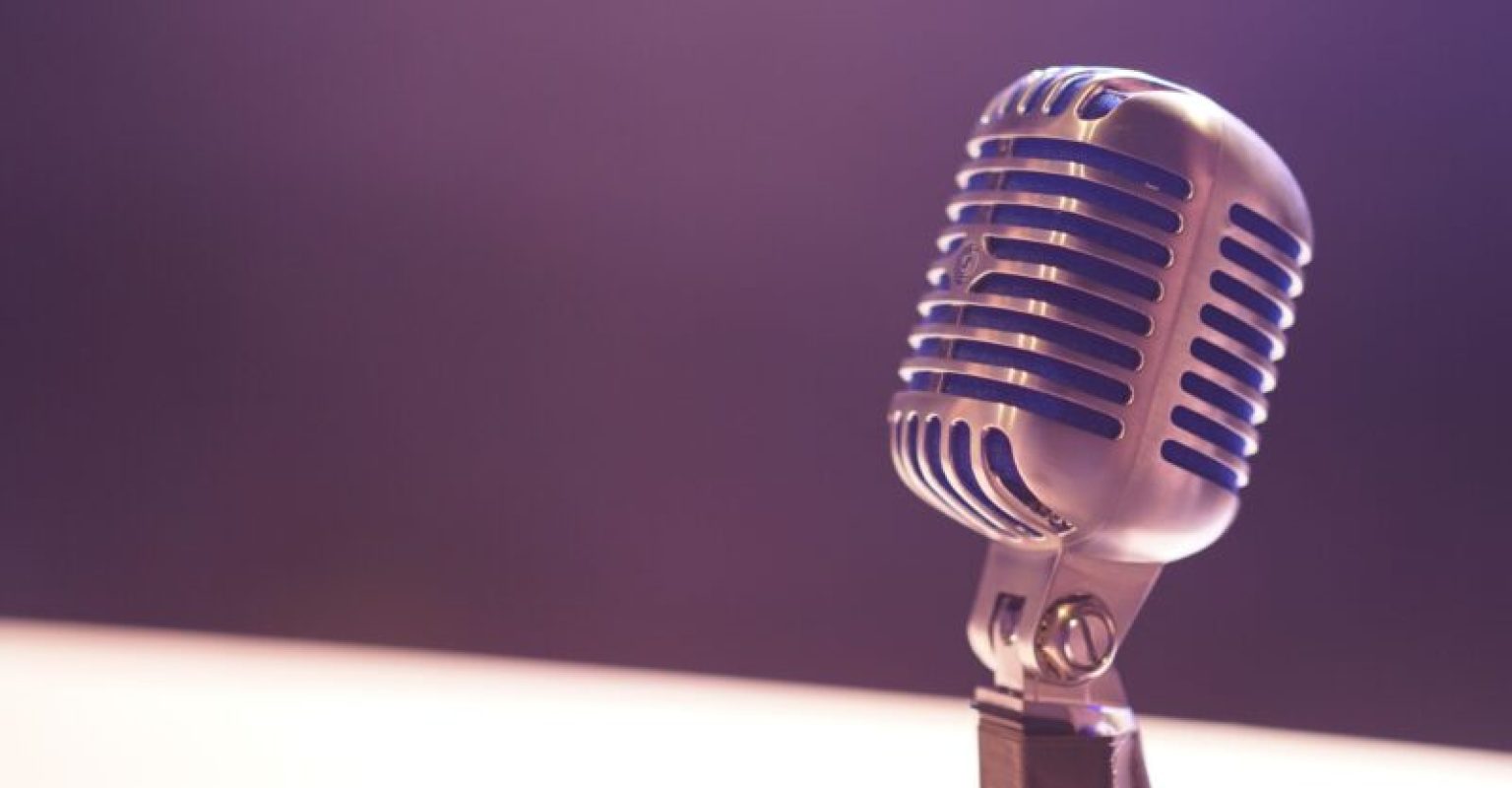I’ve always recommended podcasts and audio as a way of finding material to support people learning. It wasn’t until I started recording my own podcast that I realised how powerful they were in getting a core message through.
On 3rd September 2020, I woke up and didn’t know I’d have an idea about a women-only podcast. Since then, I’ve recorded and produced over 50 podcast episodes in the Women Talking About Learning (WTAL) series and others to support learning and development. These are some of the things I’ve learnt while creating them.
One of the common comments I hear is that people don’t know where to start. The answer is simple – know your purpose. The WTAL podcast has one purpose – to amplify the voices of women working in learning and development.

Before you set a podcast up, you need to know the why. Is the podcast going to be a marketing tool? Is it designed to be an on-the-job learning aid? Is it going to be a way to connect employees? Is it a way to celebrate high achievers and role model good practice? You need to have a clear purpose before getting into the detail or you will lose sight of what the podcast is for.
You need to know your capacity to produce. The first hour of WTAL recordings took over 3 hours to edit, correct, and produce when I started. Don’t set yourself unreasonable expectations about how often you want to produce an episode. Creating ‘seasons’ where you might have 6 episodes, breaking down topics into short narratives can REALLY help here. Having a clear plan at the start will make the ongoing production more cohesive and professional.
You need to know the answers to the following questions:
- Is this a public or private podcast
- Will it need music? If so, do you know where to get royalty and copyright-free music?
- Who will be speaking?
- How will they be recorded?
- Which software will it be edited on?
A public podcast will advertise your brand and make your content accessible around the world. By using Apple and Google to distribute your podcasts, you make it easy for listeners to make them mobile and available away from work systems. You will, however, need to think about what is being published and it is likely you might have to let your Comms team hear – and edit – what you’re producing. A private podcast avoids some of those editing decisions and, with the right internal support, can be just as popular. WTAL is a public podcast, hosted on the Podbean platform. This then syndicates the podcast across all the podcast distributors.
There are many resources available on the web to get royalty and copyright-free music. Always check the licencing agreements before you download a track, and you’ll need to check the permissions aren’t revoked. Music can be purchased from some of these sites, and it might be worth the small outlay to make sure to avoid any later claims. Remember most people will skip the music after the first 15 seconds so don’t make your intro or outro too long. I really wish I’d chosen different music for WTAL. However, it’s all mine – I purchased the licence – and I can change it in the future if I refresh the podcast.
Make sure your host and guests are prepared beforehand. Since the process of recording can be simple, it’s assumed the content will be too. Make sure the guests understand the format – is it a Q&A, a panel, a conversation, etc. Producing a guest guide, with all the likely questions the guests might have, will help. Make sure that your guests are balanced and representative by gender, ethnicity, and disability – we don’t need any more podcasts featuring white men. This is one reason I only record a brief intro at the start and end of WTAL.
Knowing how you’ll be recording is important. There are specific recording tools available and some of the public podcasting hosts have recording tools you can use. Alternatively, you might want to use Zoom or another video conferencing channel. If you are recording virtually, the microphone the guests will use matters a lot. The microphone in a laptop is rarely good enough for a podcast recording and a simple headset mic will make a big difference. If you want to be more professional, look at getting an external microphone. The quality of the recording will improve massively for an outlay of c.£100. WTAL is recorded over Zoom but uses the local computer setting to save the recording. That way, it records separate sound files for each guest. If you are planning to record face to face, you will need an external microphone and a VERY quiet room.
You will need to edit the audio you record. Audio editing software allows you to mix or delete audio sections, add effects and music, and improve the quality of the recordings. There are plenty of audio editors on the market both free and at a cost. Make sure to research which tool might be best for you and take time to practice before you start recording. Audio editing does get easier the more you do it but it does take practice! WTAL is edited on Audacity. Audacity is a free Open Source editing software. It does take a little while to learn but produces good quality audio as a result.
These are some of the things I’ve found when recording podcasts. I’d be interested in your experience and questions so please do get in touch with me at contactus@elearningnetwork.org or via our eLN Members Slack workspace.



